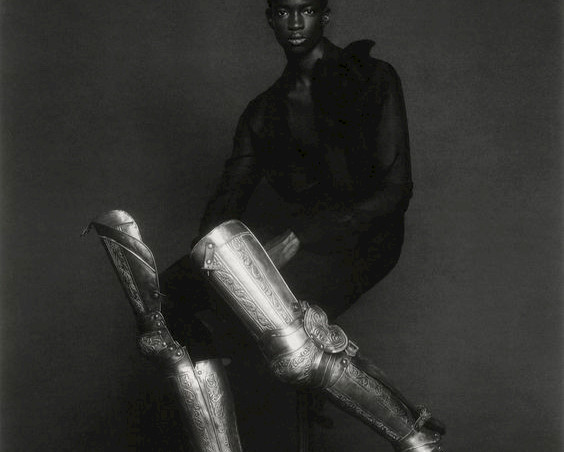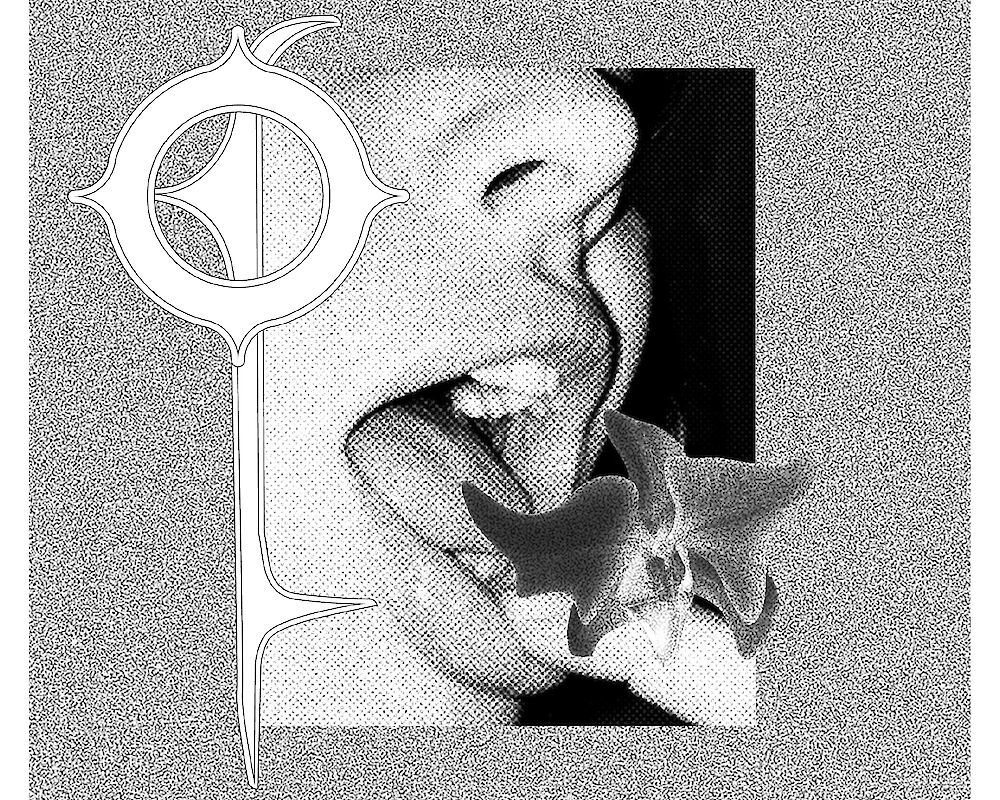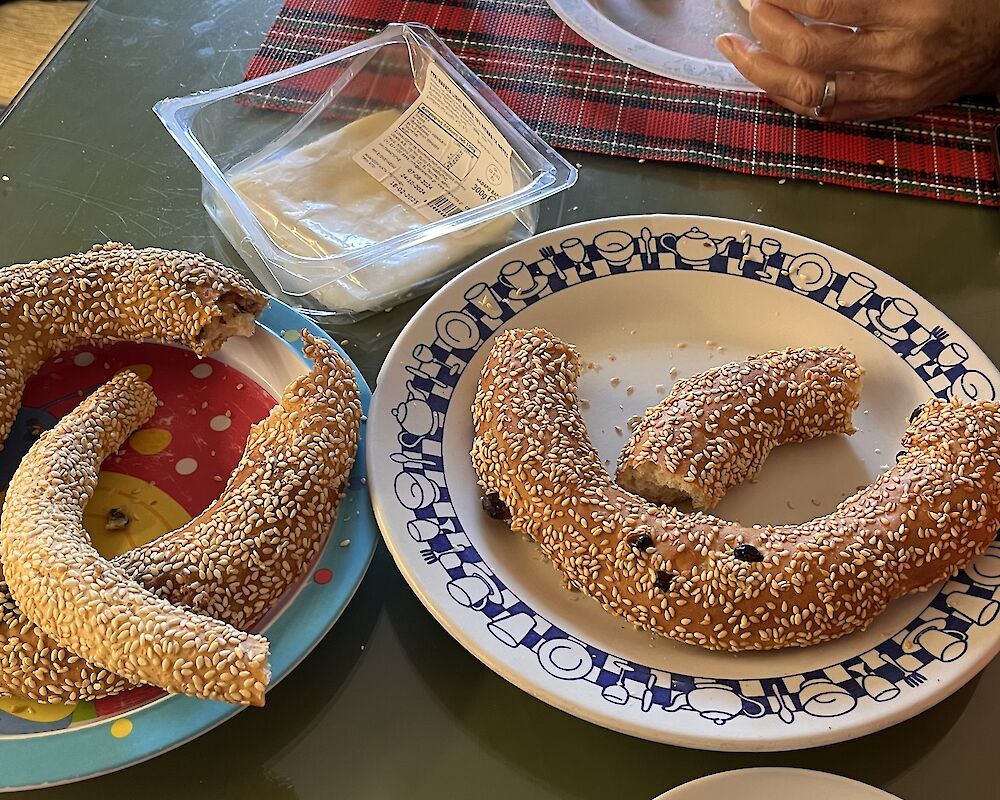5
min readWhen I was younger, I was very afraid of monsters. I'm not talking about the famous monster under our bed (although it must have been part of it), but rather about Malagasy monsters. To give some context, I am Franco-Malagasy, grew up in Madagascar, playing in mango trees under the sweltering heat, or listening to local stories like those of the monsters. I think I was terrified because of the stories I heard. I vaguely remember a story our nanny told us, my siblings and me. When I reflect on those days, I think this story was solely meant to make us come home at nightfall.
In my memories, albeit vague, it's the story of a monster who loved eyes, especially those of children... as the sun begins to disappear on the horizon, it emerges to feast on the eyes of children too brave to stop playing outside rather than going home. We were among those brave children, my brother, my sister, and I, and this story was enough to send shivers down our spines and make us automatically return at nightfall. Mission accomplished.
It's with a pang in my heart that today I confess to having partly forgotten the stories of these monsters that chilled me to the bone back then. Perhaps this is partly traumatic or simply the result of other external factors.
Having grown up in Madagascar, a country where oral tradition occupies a prominent place in society, deeply influencing the culture and identity of the island, its stories are part of me, even if they are fading away. In my opinion, oral tradition plays an essential role in preserving and transmitting the knowledge, values, and beliefs of my country, through stories, tales, legends, and songs passed down from generation to generation. Unfortunately, and it might be where the key to forgetfulness lies, oral culture is now confronted with a constantly evolving world, facing numerous challenges and enemies that are erasing it. Indeed, as societies become more interconnected and influenced by global trends, there is a gradual dilution or homogenization of local cultures and traditions. Furthermore, due to the advent of modern technologies dominating our lives today, such as television, the internet, and social media, traditional forms of communication and storytelling, like oral stories, may be perceived as outdated or less relevant.
I grew up in a clash with these two aspects of culture transmission, inevitably one prevailing over the other, and it is today that I feel the absence of the missing one. One of the main reasons for this decline is the evolution of lifestyles and communication habits. In modern societies, where time has become a precious resource and the speed of information is paramount, oral transmission of knowledge is often seen as archaic and ineffective. Younger generations, of which I am a part, are increasingly drawn to digital media and instant entertainment, leaving little room for attentive listening to traditional narratives. Indeed, monsters marked a part of my childhood, until the appearance of American series on television, or certain gaming consoles within the family home. Monsters are now nothing more than a distant and hazy nightmare for me.
I cannot write the preceding paragraph without comparing the advent of modern technology to a second colonization that the Malagasy culture and more broadly all those relying on the principle of orality are undergoing. Colonial regimes imposed their own languages, religions, and customs on indigenous populations, thereby suppressing the traditions and cultural practices of these peoples. This, coupled with severe colonial policies such as land confiscation and forced resettlement, often resulting in the displacement of indigenous populations from their lands and regions of origin, thereby breaking the intergenerational ties necessary for the transmission of oral stories and traditions. In addition were the physical and psychological violence exerted by colonizers against indigenous peoples. In such a context of fear and then trauma, the preservation and transmission of stories and traditions may become less of a priority compared to mere survival, leading to marginalization and devaluation of oral stories and local traditions. I see new technologies as a more insidious, more cunning colonization, increasingly erasing and silencing the cultural identity of my country and those where orality is the channel. It is as I write these lines that I realize this sad reality, and even more so as a designer today attached to my Malagasy culture, which lies at the heart of my creations and influences. I grasp that it is crucial to preserve oral tradition and all that it implies, otherwise all these myths, stories, and legends will end up being lost in whispers, no longer scaring children and ultimately disappearing in favor of a uniform and globalized culture. Because we must not forget that monsters, terrifying though they may be, like all tales, have a moral function and serve to educate future generations. Faced with this, it is undoubtedly crucial to find innovative ways to safeguard the tradition that is now facing the digital age. So that Malagasy culture survives this second colonization.
The monsters, which are now symbols of a culture in decline for me, of my culture in decline, are becoming increasingly blurred. It's quite funny and ironic because it's my biggest childhood nightmare but yet, I don’t seem to remember them. I say funny and ironic at the same time because I'm precisely someone who has a lot of trouble remembering dreams. Perhaps this is where I can find, or at least help me find and revisit the traces of these monsters, the traces of my culture. And I might even reconnect to my childhood and culture through my subconscious. I forget and have forgotten this history, these bits of my culture, and I refuse to forget them, to let them no longer frighten me.































